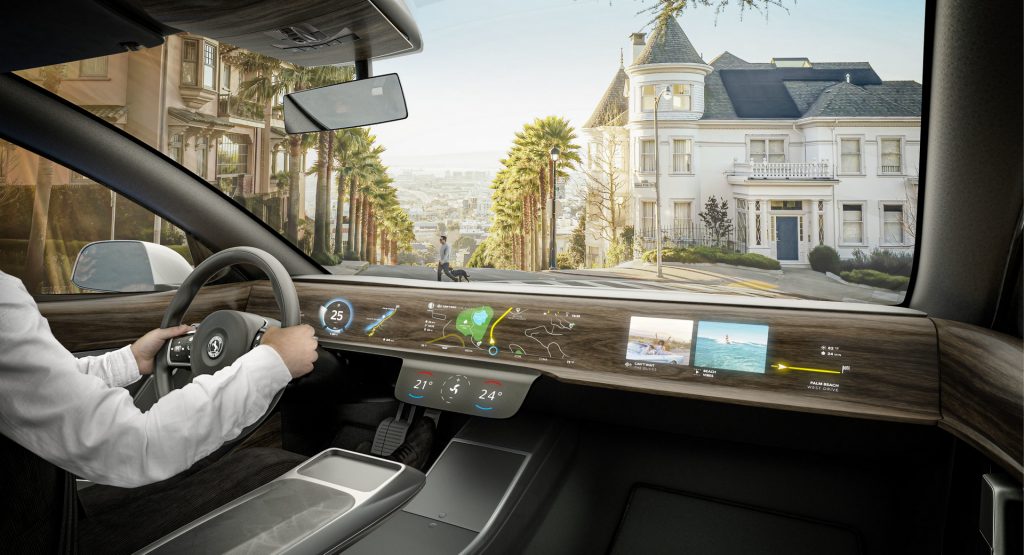Continental is developing an advanced new autonomous vehicle technology that will allow vehicles to use sensor and image data from nearby vehicles, effectively allowing them to see around corners.
The company’s new Collective Perception system doesn’t just draw on data from other vehicles but could also use images or sensors from the road and nearby traffic cameras. Continental has been working on the technology for two years but it is not yet clear when it could be implemented in the real world.
Speaking with Auto News, senior manager for portfolio development in connected vehicle solutions and V2X at Continental, Robert Gee, said that the connected-vehicle technology could help protect pedestrians, cyclists, and scooter users who are not connected. For example, the system could allow a vehicle to see around a corner that a cyclist is approaching.
Read Also: Continental Has A Solution For Passengers Who Want To Watch A Movie Without Distracting The Driver
“It allows for one vehicle to be able to use its own sensors to detect a vulnerable road user and send that data to other vehicles and let them calculate if this is going to be in my path,” Gee explained.
Gee acknowledged that interpreting the data from cameras and radar systems used by different vehicles could be a challenge but noted Continental’s technology could translate key information between vehicles. The supplier is already working with five Germany automakers and two U.S. automakers to trial the system.
Continental believes it could launch its Collective Perception system within a year of government vehicle-to-infrastructure standards being released.
“We want to make sure these things are locked and loaded from a standards and cross-company agreement perspective first,” Gee said. “Anything like this that requires communication between all different manufacturers of parts or vehicle manufacturers, you need to have one standard that you’re working toward.”




